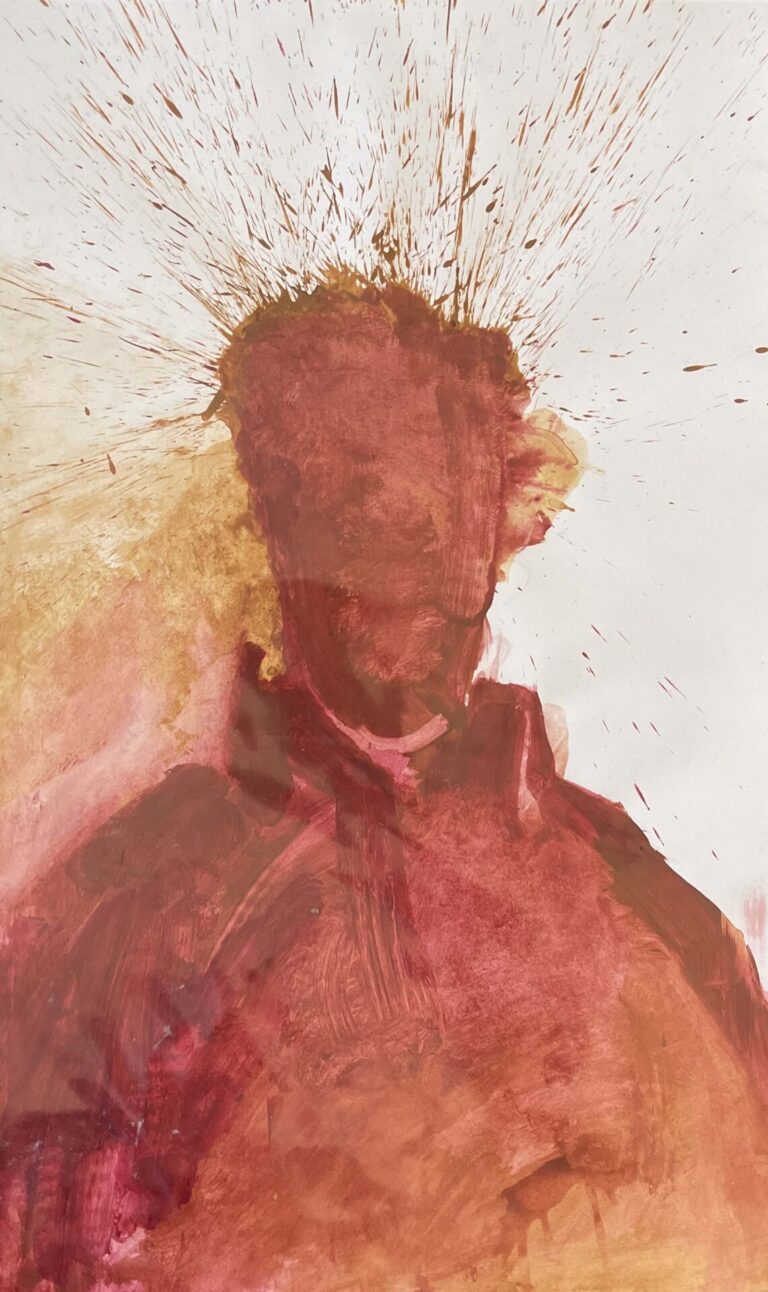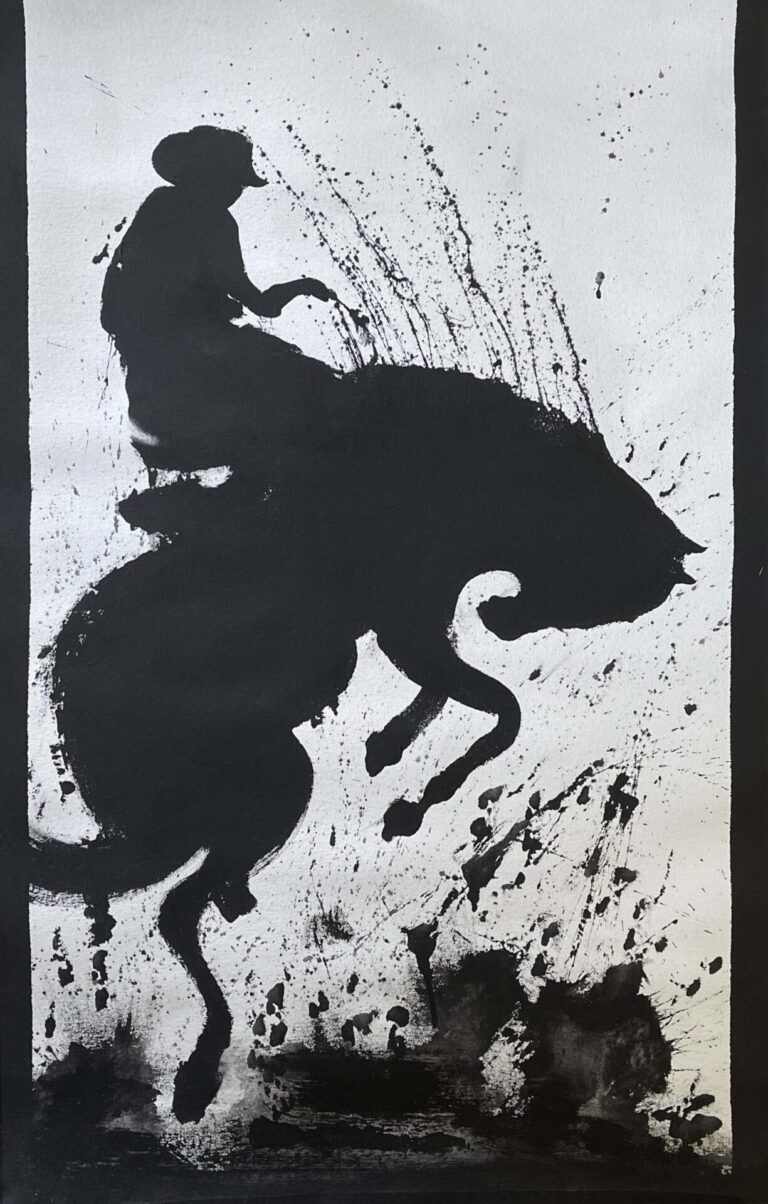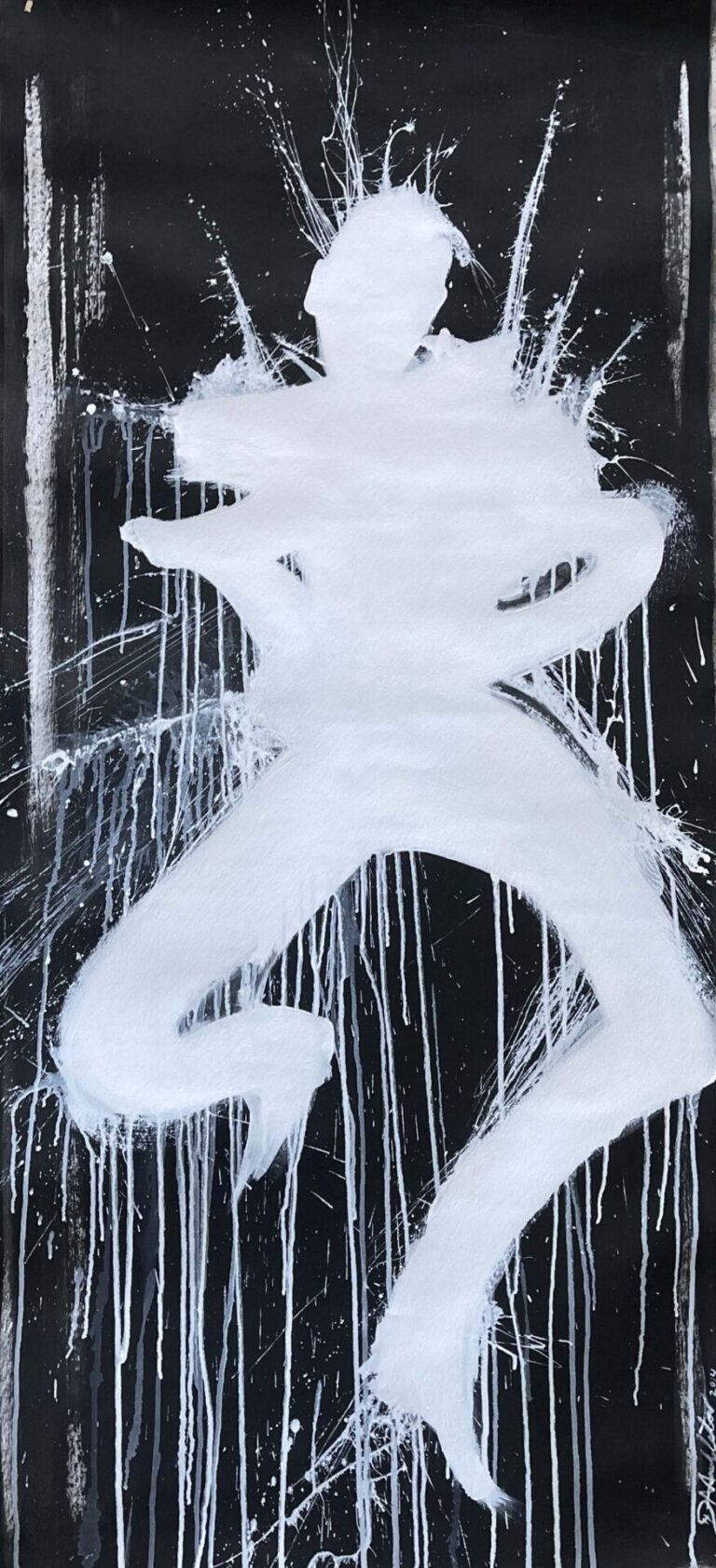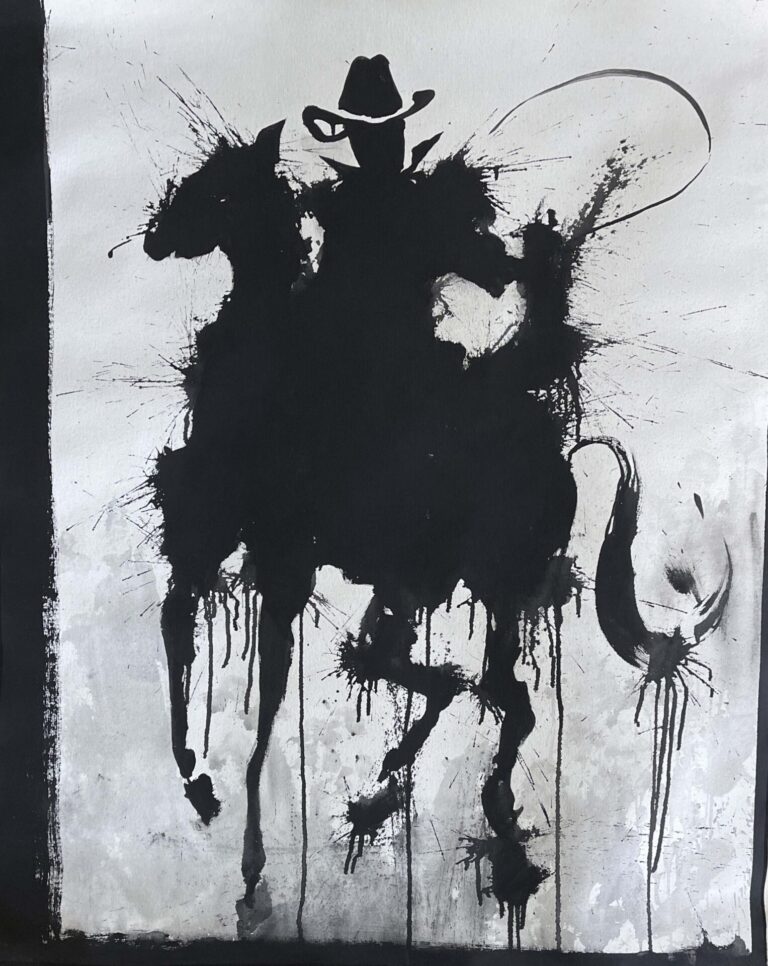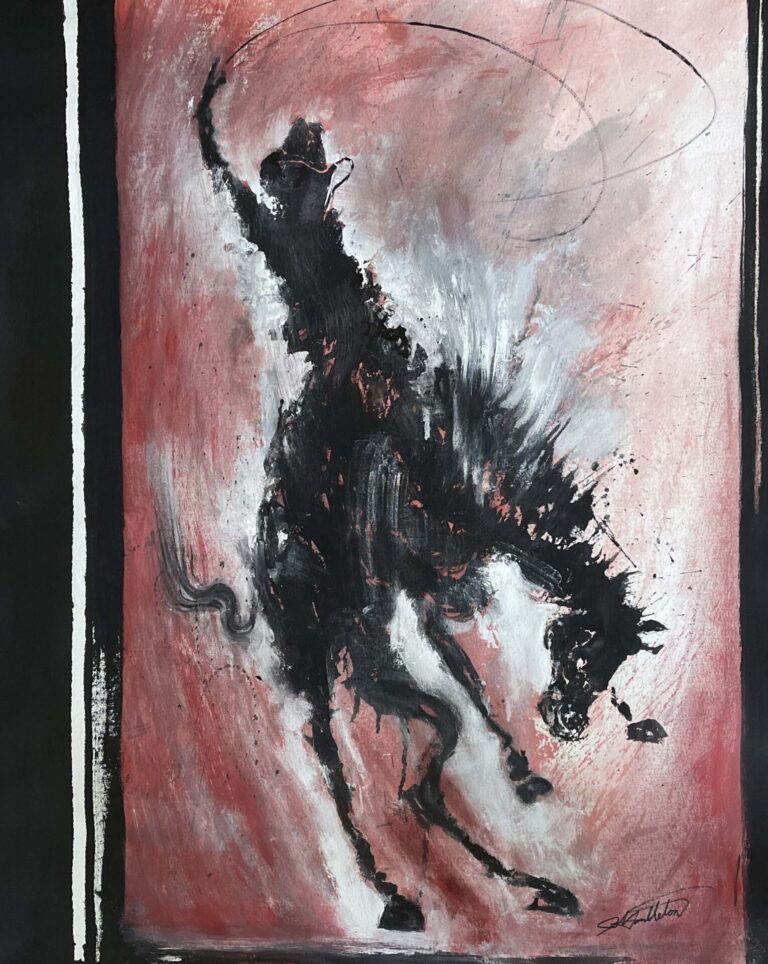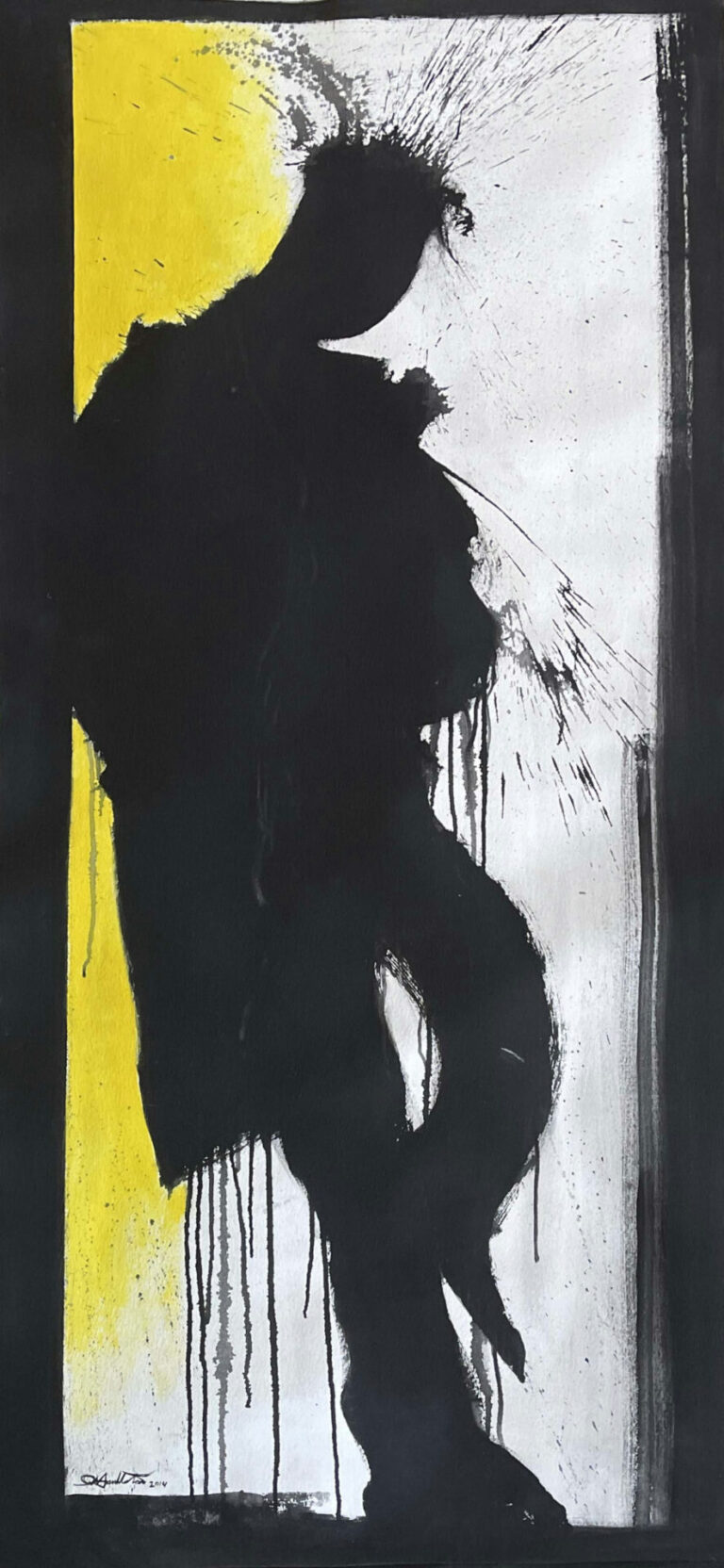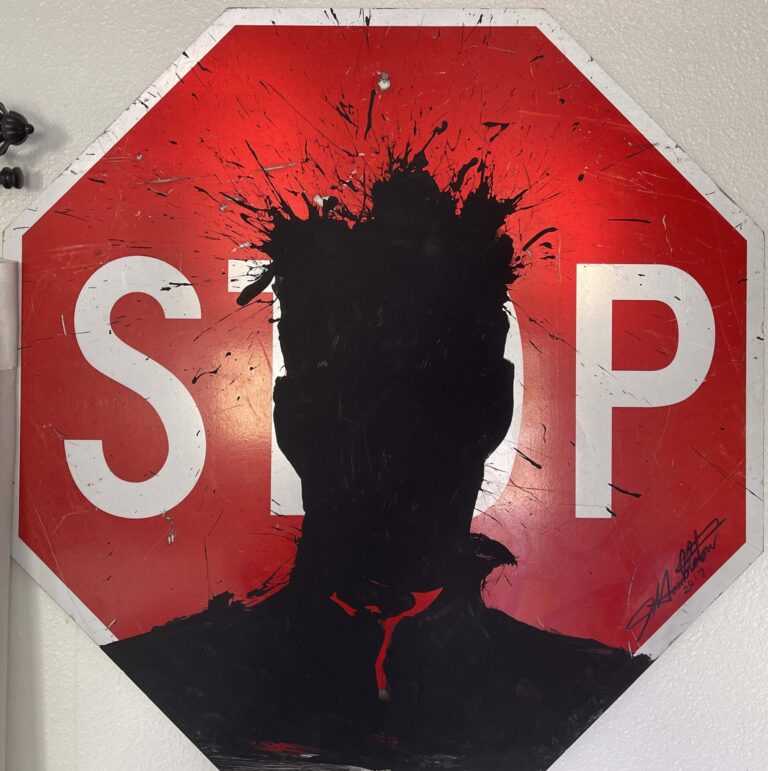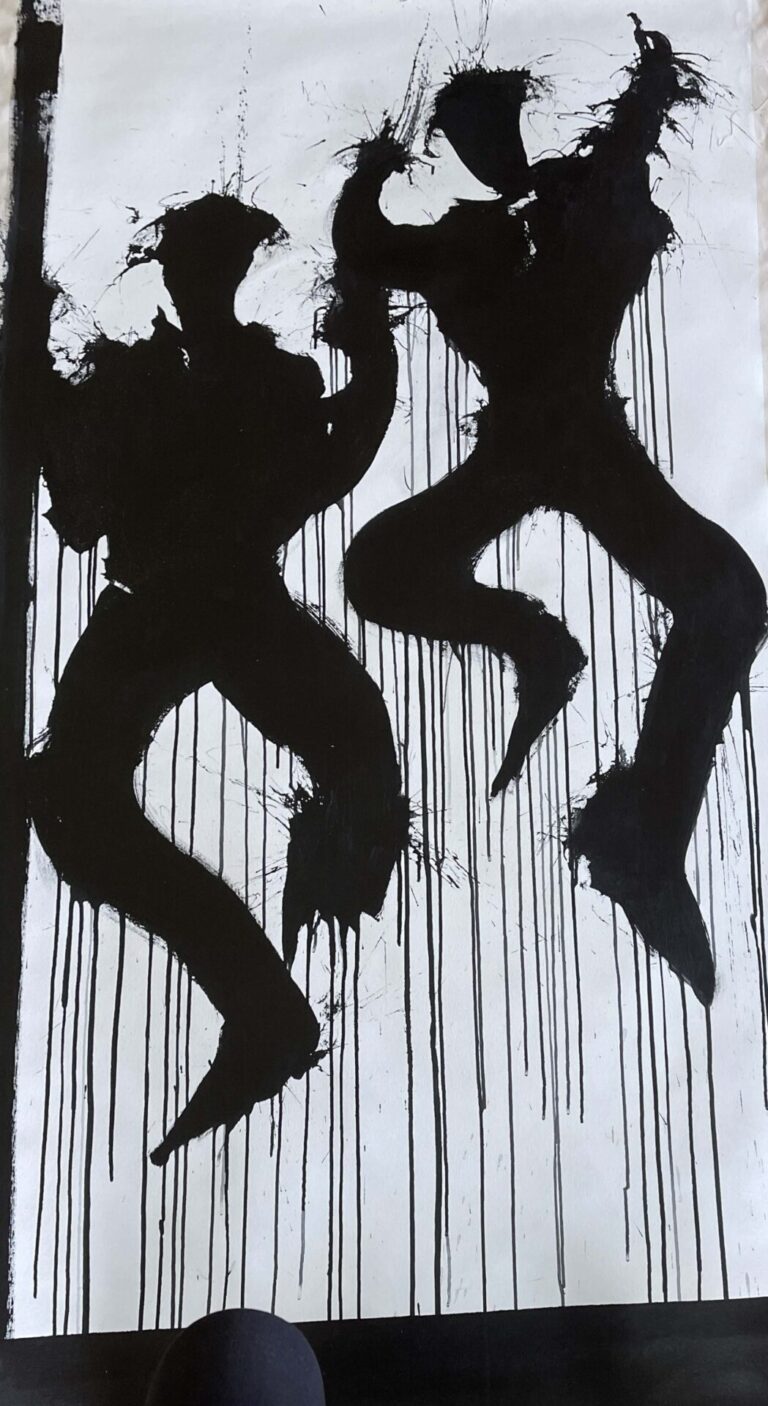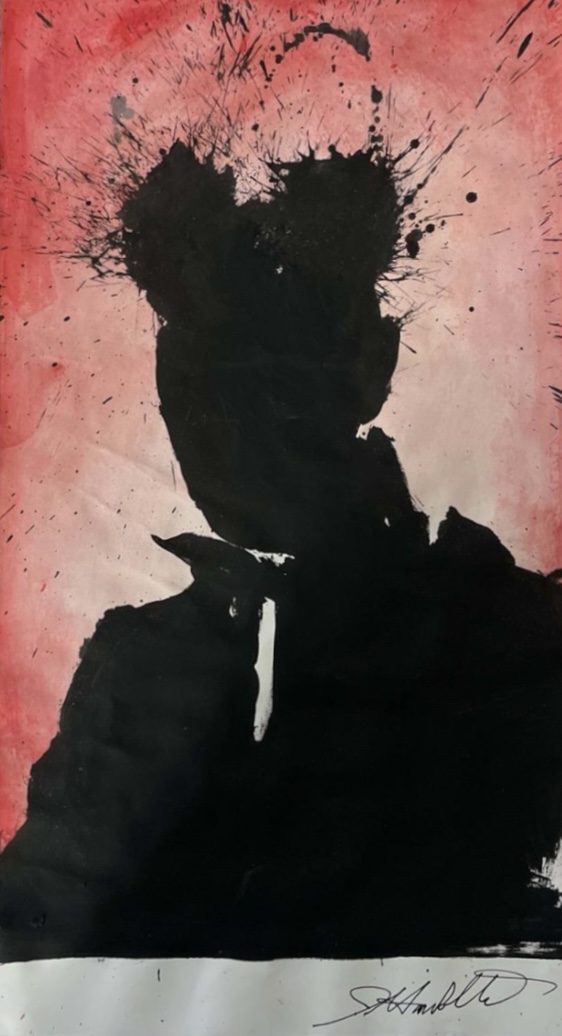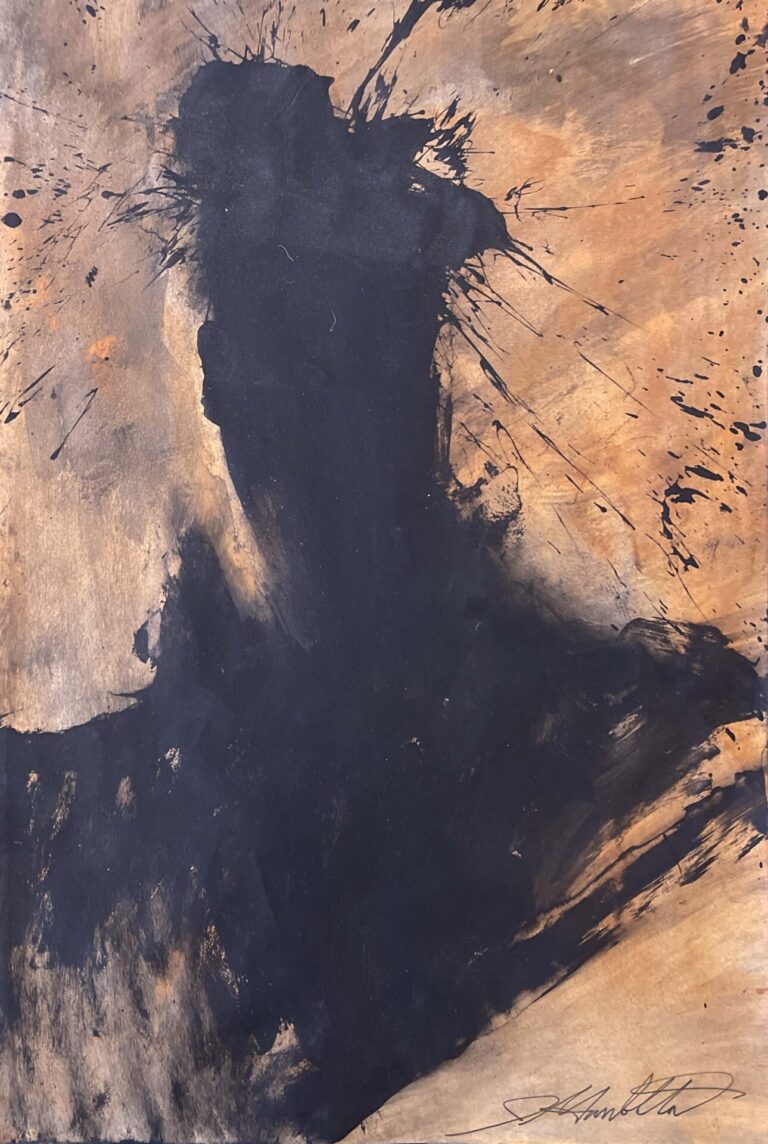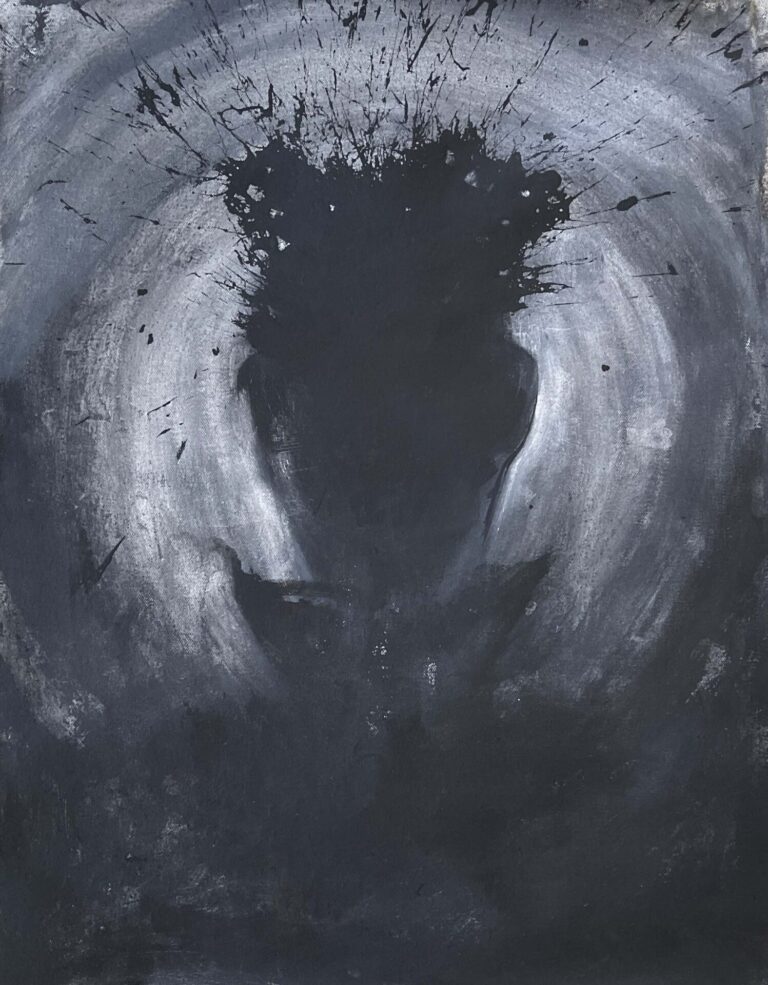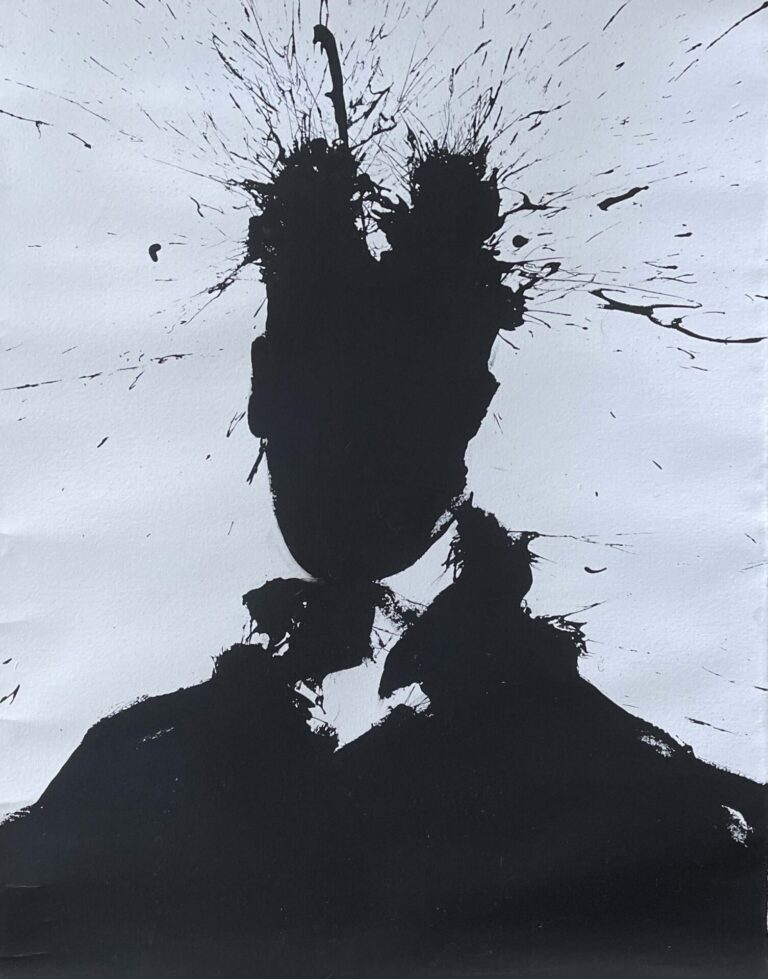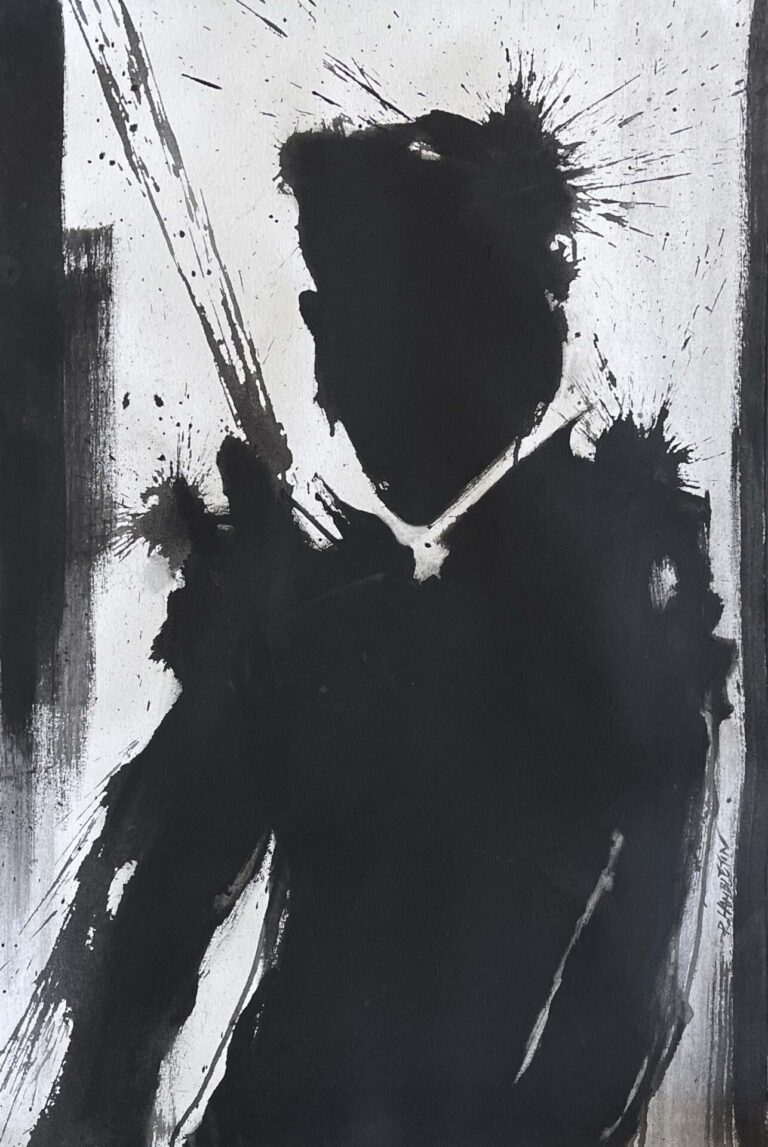
Richard Hambleton (June 23, 1952 – October 29, 2017), often referred to as the ‘godfather of street art,’ made a profound impact on the art world through his conceptual and public works. Rising to prominence in the 1980s alongside contemporaries such as Keith Haring and Jean-Michel Basquiat, Hambleton’s art, particularly his famous “Shadowman” series, left an indelible mark on the urban landscape and the collective consciousness of the public. Known for his mysterious persona, Hambleton used the streets of cities like New York, London, and Berlin as his canvas, creating enigmatic figures that blurred the line between art and life.
Hambleton first gained attention with his “Image Mass Murder” series between 1976 and 1979, where he strategically placed life-sized chalk outlines of bodies in various cities, mimicking crime scenes to provoke strong emotional responses. These eerie installations turned everyday streets into unsettling spaces, reflecting on the fragility of life. His work wasn’t simply graffiti but rather intricate social experiments aimed at stirring public thought, often triggering anxiety or reflection about mortality and existence.
His most iconic works, the “Shadowman” figures, were powerful black silhouettes painted in hidden corners, alleyways, and city walls. These haunting, spectral figures appeared in New York, throughout Europe, and even on both sides of the Berlin Wall. Their unsettling presence represented the raw vulnerability of human life and the fleeting, shadow-like existence we all lead. Hambleton believed that the excitement of these works lay in their immediate, visceral impact on viewers, urging them to fill in the shadows with their imagination.
While his peers, Haring and Basquiat, became international stars, Hambleton shunned the limelight, instead choosing a path of isolation and artistic purity. His journey led him away from the U.S. in the mid-1980s, where he found success across Europe and Asia, all while his contemporaries tragically passed away. Hambleton, however, survived the turbulent art world of the 1980s, continuing to produce art that challenged and captivated.
In the 1990s, Hambleton shifted his focus, moving from the stark, ominous imagery of his street art to more abstract, ethereal pieces. His “Beautiful Paintings” series, characterized by vibrant colors and shimmering gold and silver leaf, depicted dreamlike seascapes and landscapes, offering a striking contrast to his earlier work. This body of work showed his artistic range and capacity for reinvention, earning him further acclaim.
Throughout his career, Hambleton remained indifferent to fame, preferring that his art speak for itself rather than be defined by critical or commercial success. He exhibited widely, with his works held in prestigious collections including the Andy Warhol Museum, the Brooklyn Museum, the Milwaukee Art Museum, and Harvard University, among others. His influence extended into publications like *ArtForum*, *The New York Times*, and *Architectural Digest*, and he was twice featured in the Venice Biennale, in 1984 and 1988.
Though Hambleton’s legacy was overshadowed for a time, his contributions to art history have resurfaced, illuminating the genius of an artist who lived and worked in the shadows. His vision continues to inspire a new generation of street artists, including figures like Banksy and Blek le Rat, who acknowledge the trail he blazed.
Richard Hambleton

Showing all 14 results
My Artwork Favorites
No favorites found. Click the ❤️ next to artwork to add it here.


